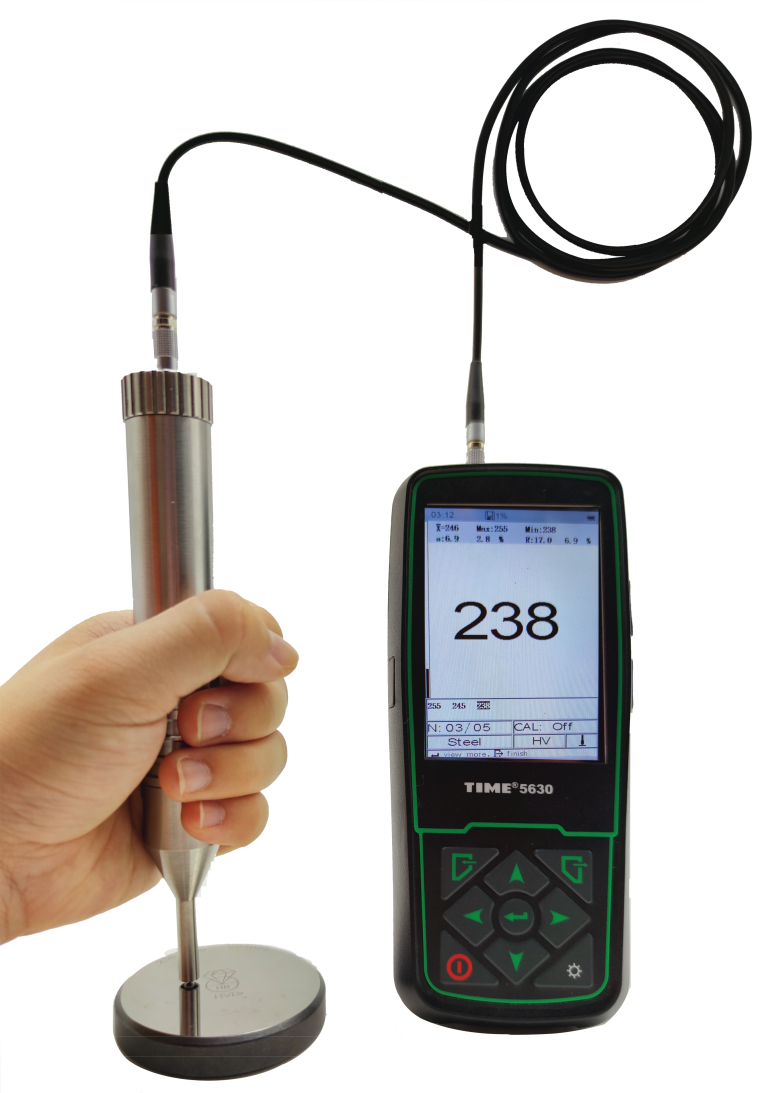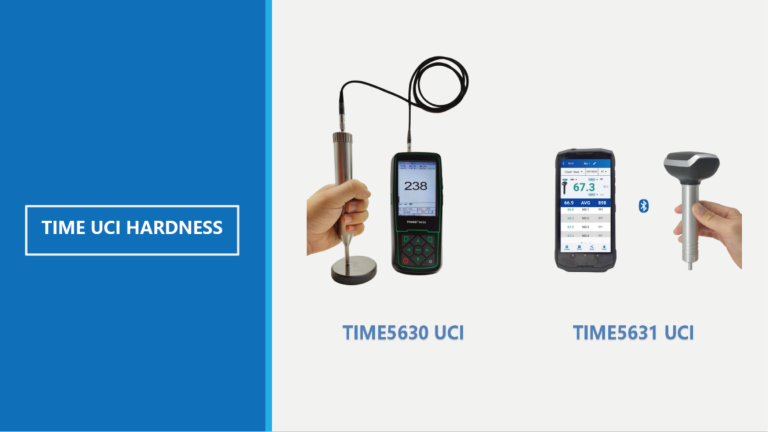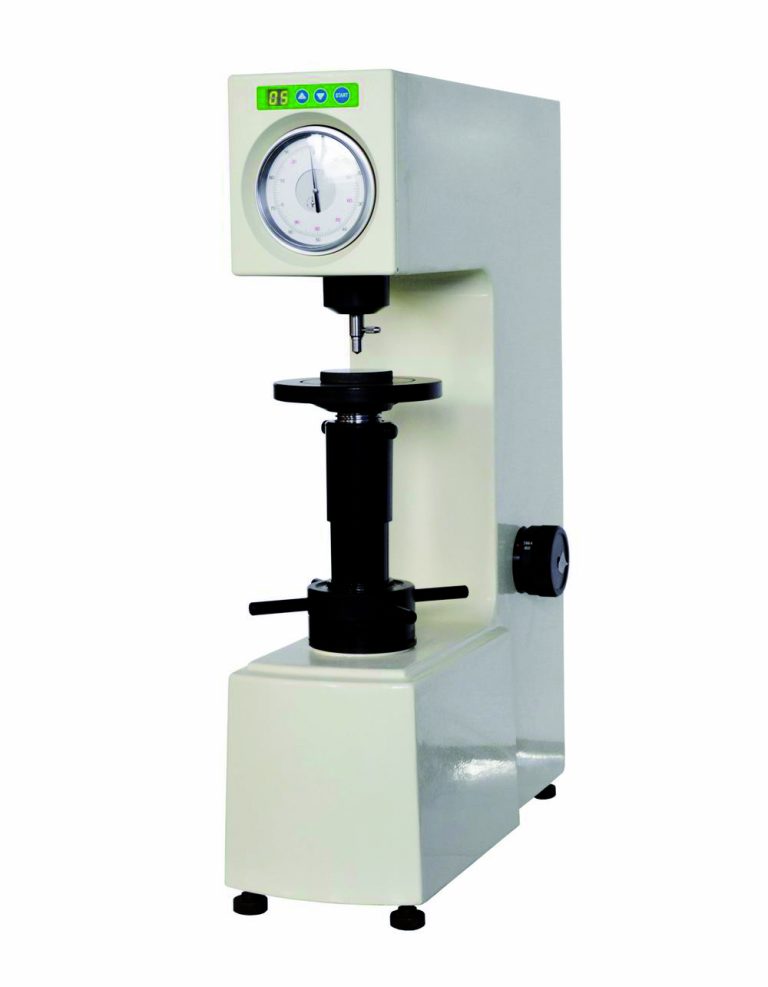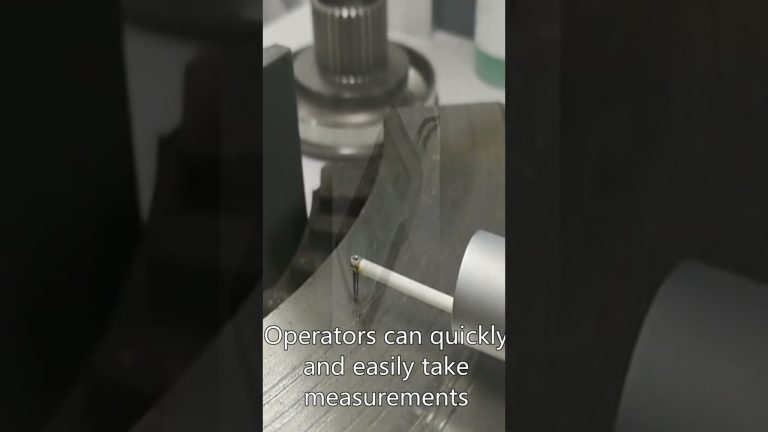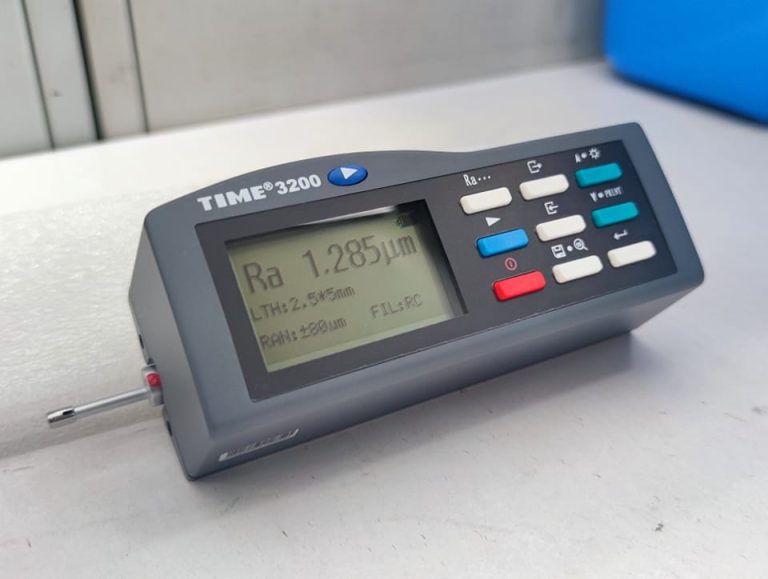In the automotive industry, precision and quality are paramount. Every component, from engine parts to exterior finishes, must meet strict specifications to ensure optimal performance and safety. One critical aspect of these specifications is surface roughness, which can significantly affect friction, wear, and overall functionality. This is where roughness testers come into play.

## What is a Roughness Tester?
A roughness tester is a specialized instrument used to measure the surface texture of materials. It quantifies the microscopic peaks and valleys on a surface, providing valuable data that can help engineers and manufacturers assess the quality of their products. The measurement is typically expressed in micrometers (µm) or microinches, and various parameters can be analyzed, such as Ra (average roughness), Rz (average maximum height of the profile), and Rt (total height of the profile).
## Importance of Roughness Testing in Automotive Manufacturing
1. **Performance Optimization**: The surface roughness of components like gears, bearings, and engine pistons can directly influence their performance. A smoother surface can reduce friction, leading to improved efficiency and fuel economy. Conversely, certain applications may require specific roughness levels to enhance grip or lubrication retention.
2. **Quality Control**: Roughness testers are essential tools in quality control processes. By regularly measuring the surface roughness of components, manufacturers can ensure that they meet industry standards and specifications. This helps in identifying defects early in the production process, reducing waste and rework.
3. **Durability and Longevity**: Automotive parts are subjected to extreme conditions, including high temperatures and mechanical stress. The surface roughness of these components can impact their wear resistance and overall lifespan. Regular testing allows manufacturers to optimize surface treatments and coatings, enhancing durability.
4. **Compliance with Standards**: The automotive industry is governed by numerous regulations and standards, such as ISO and SAE. Roughness testing helps manufacturers demonstrate compliance with these standards, which is crucial for quality assurance and marketability.
## Types of Roughness Testers
There are several types of roughness testers used in the automotive industry:
1. **Contact Profilometers**: These devices use a stylus that moves across the surface of a material. As the stylus encounters peaks and valleys, it records the variations in height, generating a profile of the surface.
2. **Non-Contact Profilometers**: Utilizing laser or optical technology, non-contact profilometers measure surface roughness without physical contact. This method is particularly useful for delicate or soft materials that could be damaged by a stylus.
3. **Portable Roughness Testers**: For on-site measurements, portable testers are invaluable. These handheld devices allow technicians to quickly assess surface roughness in various locations, ensuring that components meet specifications throughout the manufacturing process.
Roughness testers play a vital role in the automotive industry, ensuring that components meet the necessary performance, quality, and durability standards. By leveraging advanced measurement technologies, manufacturers can enhance their production processes, reduce waste, and ultimately deliver higher-quality vehicles to consumers. As the automotive industry continues to evolve, the importance of precise surface roughness measurement will only grow, making roughness testers indispensable tools in the quest for excellence.

